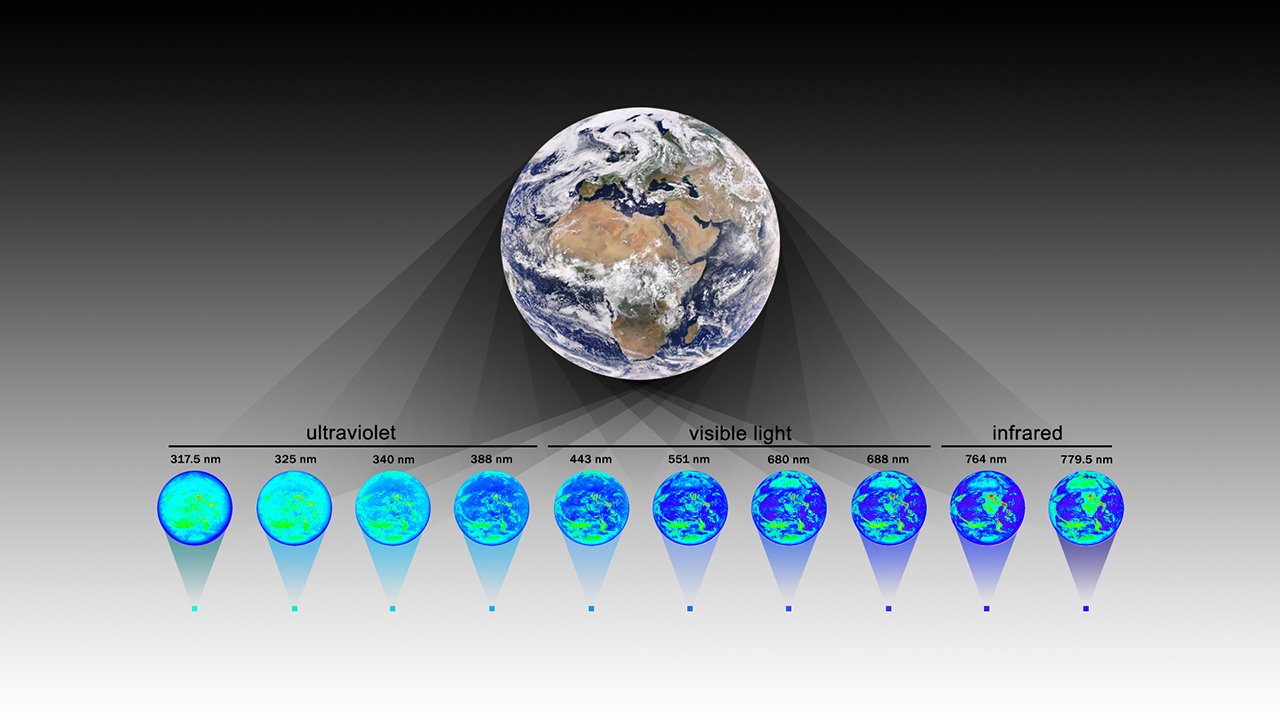
Lighting the Cosmos with Wisdom and Life

Pooling our collective ingenuity and determination, we can undertake great science together, advancing humanity's understanding of the universe and improving the quality of life for all.
- Jonathan H. Jiang Astrophysicist


We find ourselves, Homo sapiens, standing as the only known intelligent life in the vast cosmos - an oasis of life and thought in an endless expanse. Our existence, born from cosmic crucibles and honed by billions of years of evolution, uniquely endows us with the ability to reflect, innovate, and dream. Yet, this isn't just an awe-inspiring revelation but a realization of the magnitude of our responsibility.
As curators of a unique cosmic heritage and representatives of a species that has split the atom and tread upon another world, we must strive for wisdom. Our beacon, radiating through the cosmos, should not only reflect the luminosity of our knowledge but also the warmth of our compassion and the vibrancy of our shared dreams. We stand as a beacon of hope, symbolizing life's potential to flourish, and let our light inspire, educate, and testify to the harmony of power and responsibility. Let our existence shine brightly as a beacon in the cosmos.

A Beacon in the Galaxy Project
The Beacon in the Galaxy (BITG) message is an update to the Arecibo message of 1974. Indeed, it’s been nearly 50 years since Carl Sagan and Frank Drake crafted their famous message to extraterrestrials, so an update makes a lot of sense, given the many advancements in digital technology since that time. A paper describing the new message can be found here: https://www.mdpi.com/2075-4434/10/2/55
Using Earth as laboratory to study distant worlds
The study of exoplanets – planets that lie outside our solar system – could help scientists answer big questions about our place in the universe, and whether life exists beyond Earth. But, these distant worlds are extremely faint and difficult to image directly. A new study uses Earth as a stand-in for an exoplanet, and shows that even with very little light – as little as one pixel – it is still possible to measure key characteristics of distant worlds.
Viewing the Earth from Space
Earth observation is the gathering of information about planet Earth's physical, chemical and biological systems via remote sensing technologies, usually involving satellites carrying imaging devices. Earth observation is used to monitor and assess the status of, and changes in, the natural and manmade environment.



